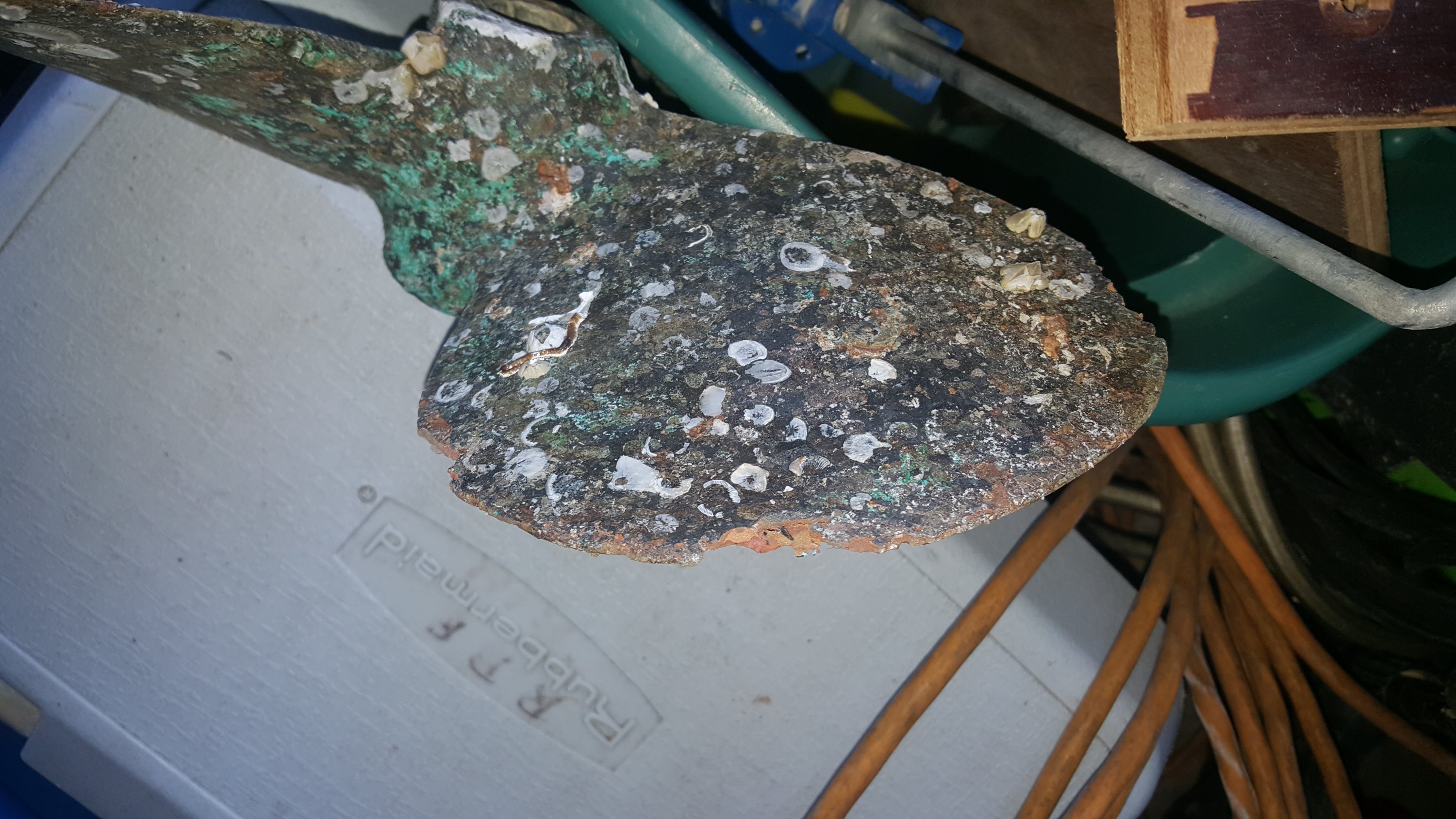I am trying to chase down the cause of some corrosion / covering that has occurred in the last year on my propeller shaft. I added a new brass folding propeller, but I don't think that should cause this. It is in fresh water in Lake Michigan. Could it be electrolytic corrosion? there are some new boats around me in the harbor.
Any Suggestions on how to remove the corrosion.
Steve Goldman
1986 Catalina 30
Peenhonin
Waukegan, Il.
Any Suggestions on how to remove the corrosion.
Steve Goldman
1986 Catalina 30
Peenhonin
Waukegan, Il.
Attachments
-
117.8 KB Views: 484
-
183.3 KB Views: 517







